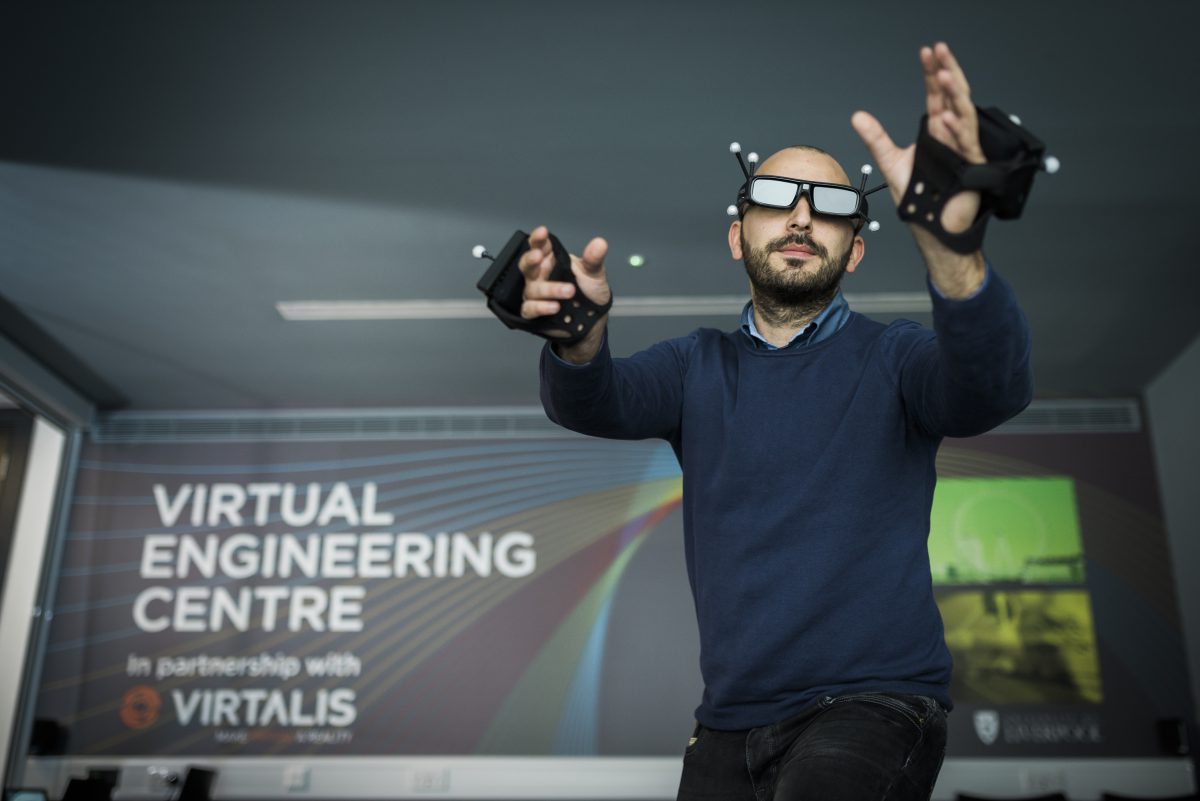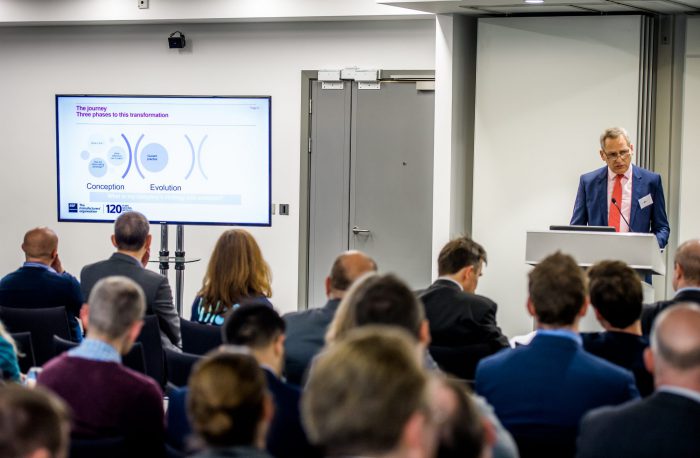5 reasons manufacturers should consider utilising Virtual Reality Technology

We often hear from manufacturing businesses that there are a number of barriers to consider when thinking about virtual reality (VR) adoption. Capabilities, lack of data and high costs are often cited as challenges; however, the good news is that with today’s technology, all of these perceived barriers can be overcome
VR equipment, for example, is becoming more and more affordable as companies like Samsung and PlayStation continue to develop affordable products for their customers while in terms of big data, many companies already have the relevant data needed to convey the physical into the virtual whilst simply requiring a graphics card for storage.
Those manufacturers that have started to adopt virtual technology as part of a broader Industry 4.0 strategy are already realising the benefits, such as increased productivity and greater efficiency, but VR can also add value in other areas too.
Here are our top five reasons why manufacturers should consider utilising VR technology:
1. Product Design
Once CAD data has been input into specialist software your whole team will be able to virtually interact with your product on a 1:1 or bespoke scale, without needing to create a physical product which can be costly and time consuming. This allows for businesses to easily play with and manipulate their product, identify flaws or areas which need improving as well as making quick and easy changes.
2. Quicker Go-to-Market
Because changes can be made quickly and easily within a virtual environment, businesses can arrive at their final design a lot quicker before sending to production. This can help reduce production times and allow for products to be launched in less time; perfect if you work in a busy and competitive market or industry!
The best part is, most businesses already have the correct data on their systems, it is all about learning how to use this data efficiently and effectively.
3. Increase Safety
Virtual reality can also be used to create environments as well as products. Virtually testing working environments allows companies to explore them safely – any potential hazards that are identified can be rectified, avoiding any incidents. This approach helps to improve the environment and protect the safety of employees.
4. Training Purposes
Within a training environment, VR can support employees as they learn about their working environment. In some cases, this avoids placing individuals in potentially dangerous and risky scenarios in order to test procedures and actions.
5. Marketing Tools
Virtual reality and simulation can be used to create apps which can be showcased on digital platforms such as smartphones and tablets. An example of this could be a smart factory which showcases all of your facilities and capabilities within a digital environment. This tool can then be taken to conferences, demonstrations, stakeholders and even financial suppliers.
Explore more

EEF report gives manufacturers the low down on Industry 4.0
At the official launch event of LCR 4.0 we were joined by Steve Warren, Region…

The 6 steps your business needs for digital transformation
Digital is undoubtedly a hot topic capturing the attention of all engineering stakeholders and, while…

Gender Balance: Dr Angela Walsh Q&A
BACKGROUND My undergraduate degree was in Chemistry. After industrial placements in Sweden and Iceland, I…